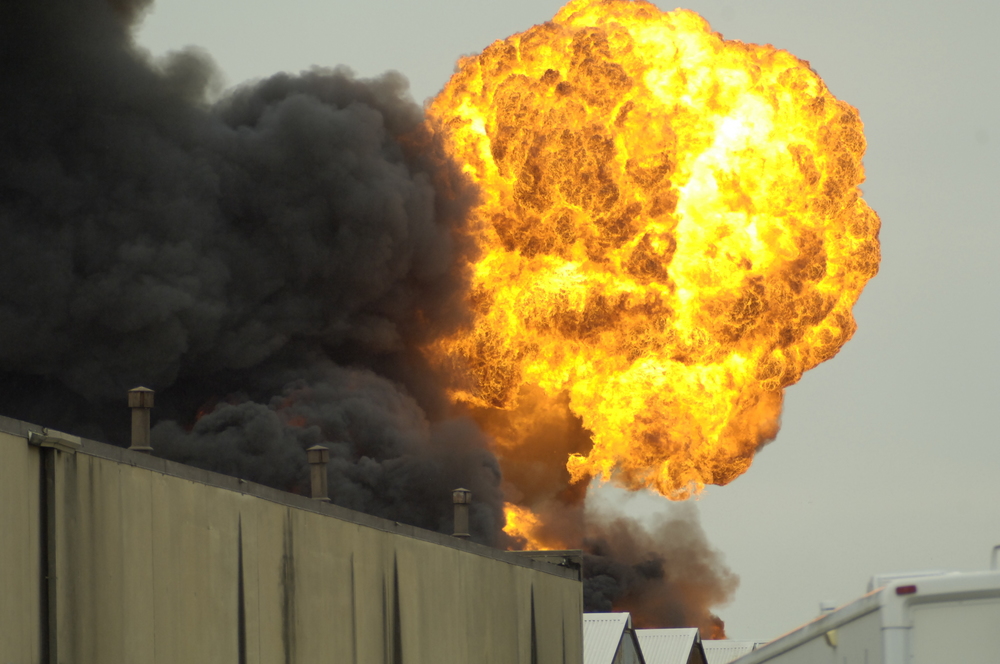
Gases, liquid vapors, aerosols, fibers, dusts and more. We all know they can (and do) explode uncontrollably in industry under certain conditions, threatening life, community, and business integrity. Yet, explosions and flash fires can be prevented and controlled…. if you have the knowledge, experience and sometimes ingenuity. Our ‘Explosions’ course is your key to a safer plant – and peace of mind.
Our course takes you from understanding, to hazards analysis, to explosion prevention and protection techniques, and through to compliance with standards and guidelines. And we do this with copious doses of video and case study material built up from years of practical experiences.
Course content
The course will cover:
- The basics of flammability from flammable atmosphere formation, to ignition source energy, to ignition properties of flammable atmospheres.
- How to identify processes and locations where flammable atmospheres could be present.
- Identification of potential ignition sources that could be present under normal and foreseeable abnormal conditions, including electrostatic discharges.
- Practical measures to prevent flash fires and explosions and how to protect against their heat & pressure effects.
- Codes and Standards for managing flammable gas, vapor, and dust cloud flash fire and explosion hazards.
- Case histories to bring the theory to life.
- Video material to enhance participants understanding of the hazard.
- Questions and Answer sessions.
- Subject knowledge test (available on request).
Learning Outcomes
After the completion of this course participant will:
- Gain an understanding of different types of flammable atmosphere (dusts, gases, vapors, aerosols, fibers…) their characterization, and relevant chemical/ physical ignition properties.
- Learn how to identify areas where flammable atmosphere may arise.
- Learn how to evaluate and control the flammability hazards from gases, vapors and dust clouds in order to eliminate or reduce risk.
Course Duration
The duration of this course is typically 0ne (1) day but can be adjusted to meet the specific needs of your organization. For example, the course could be expanded to include workshops and specific examples from your own operations and processes.
Who should attend
This course on industrial explosions is ideally suited for those employees involved in processes and operations involving flammable gases, liquids, aerosols, powders, and combustible dusts. It is particularly beneficial for Safety Managers, Process Engineers, Operators, and Supervisors who participate in plant operations. By attending this course, employees will be equipped with the necessary tools and knowledge to effectively manage and mitigate explosions risks associated with gas, vapor and dust in their workplaces.










